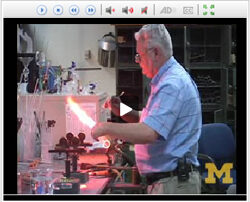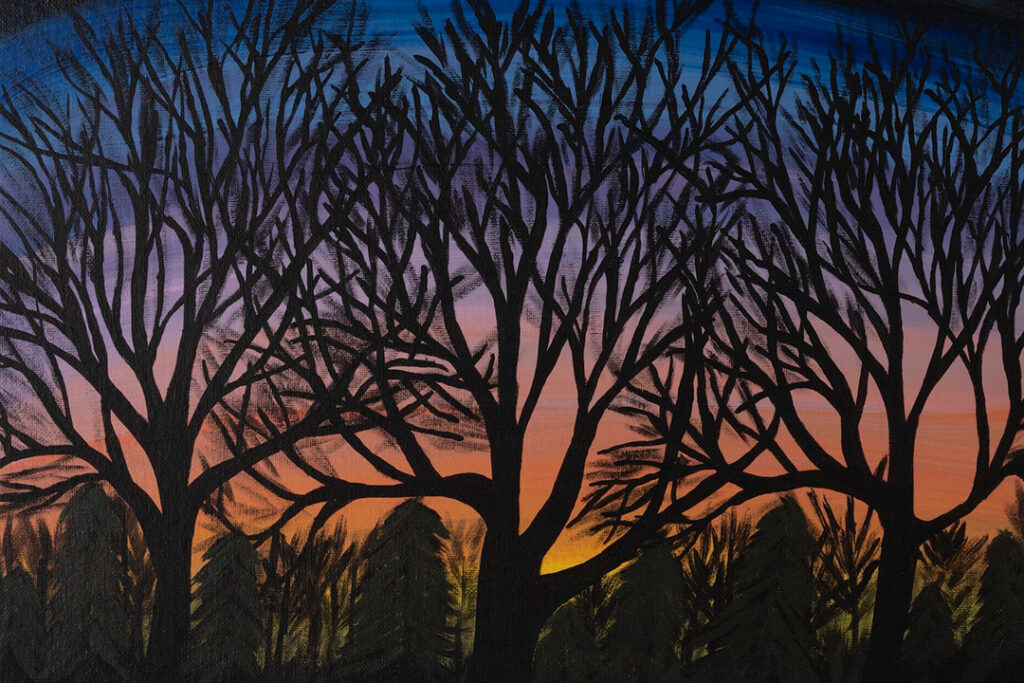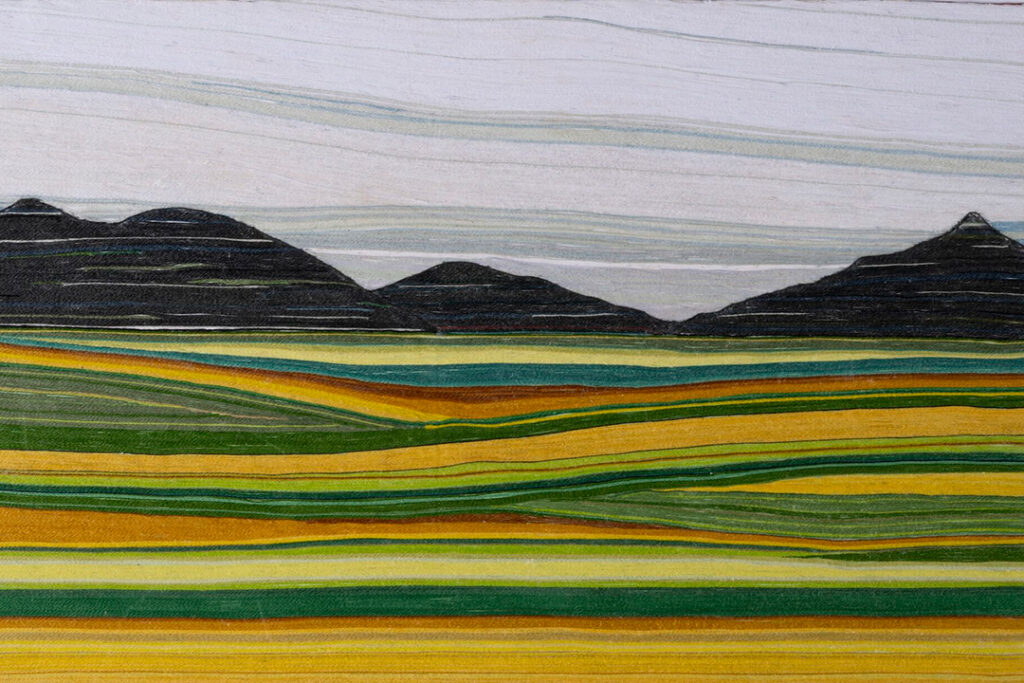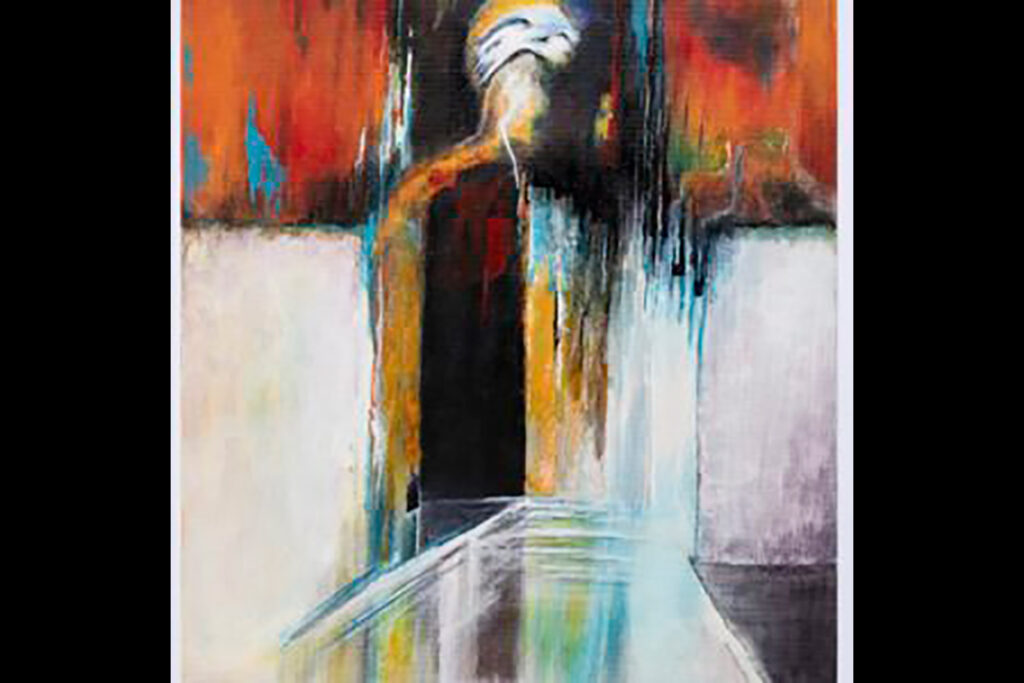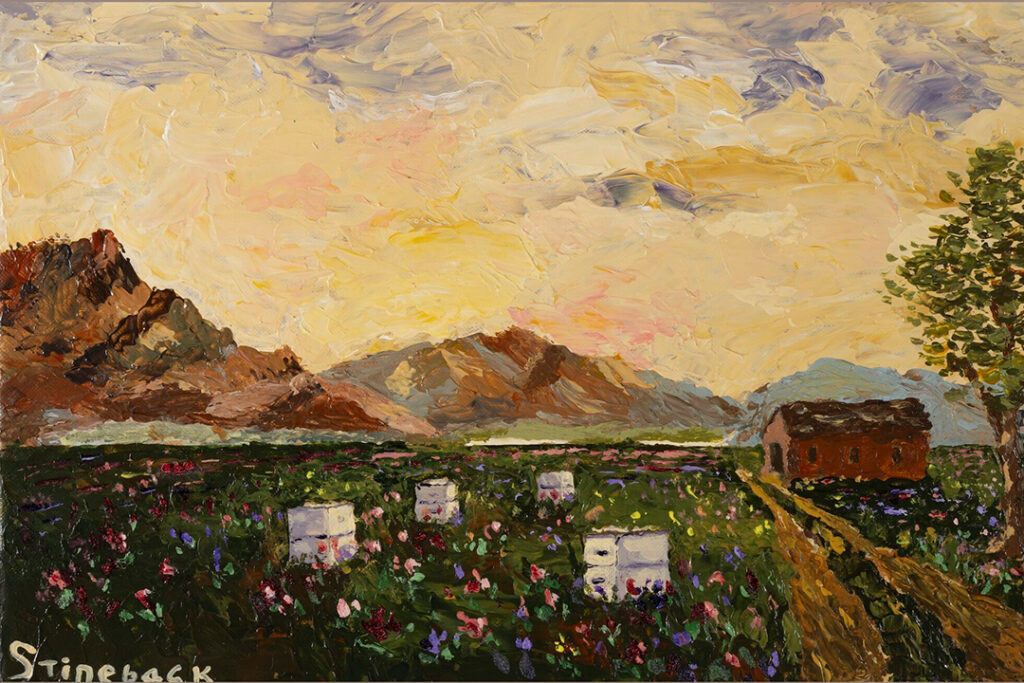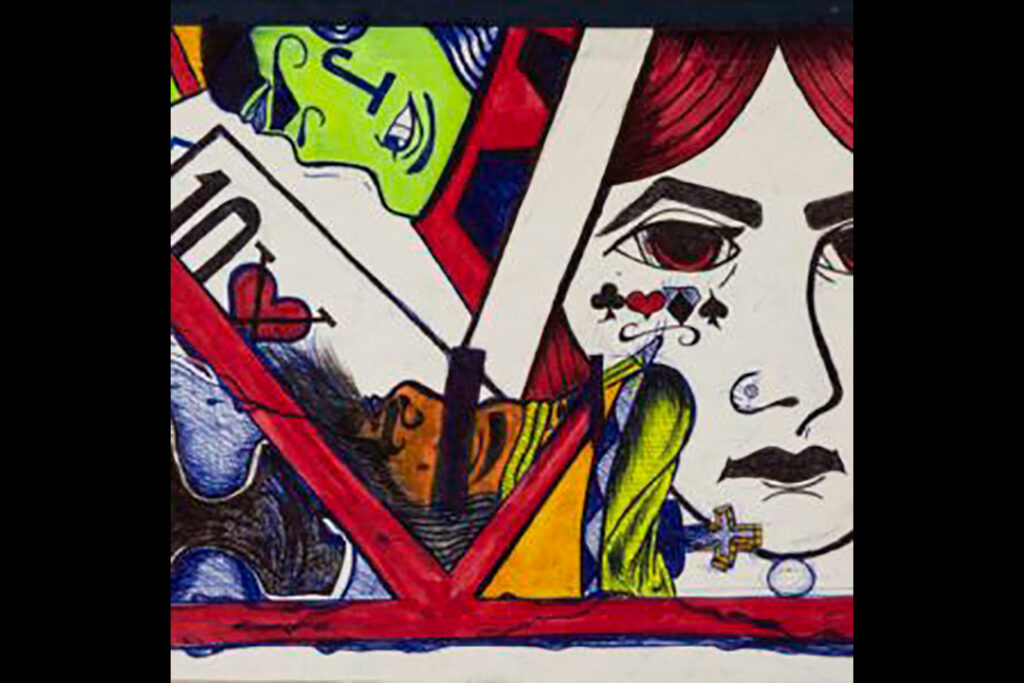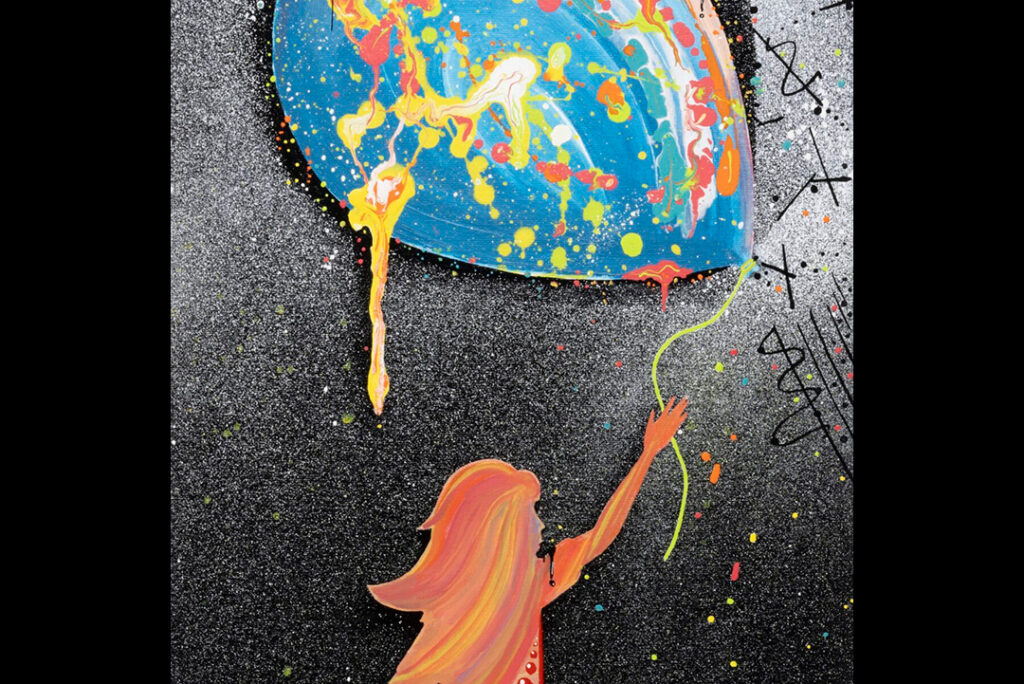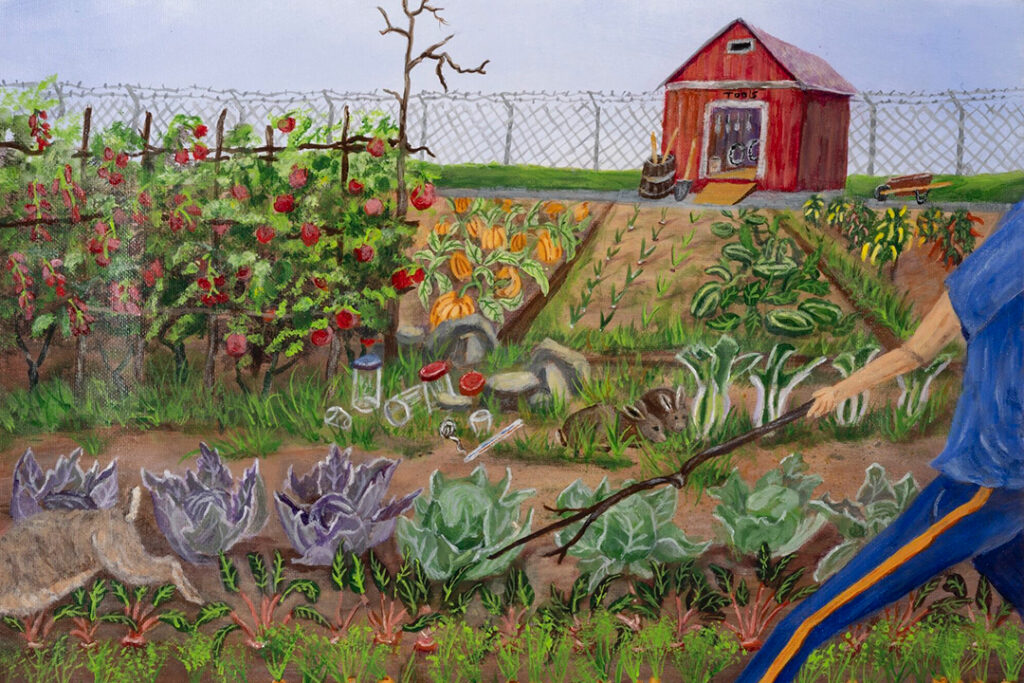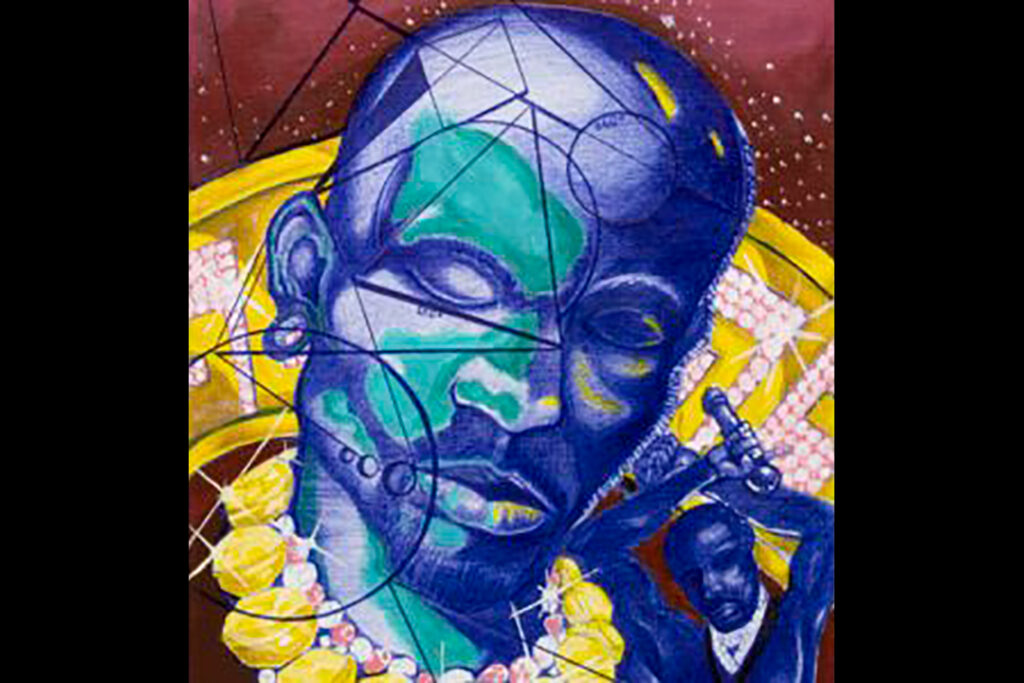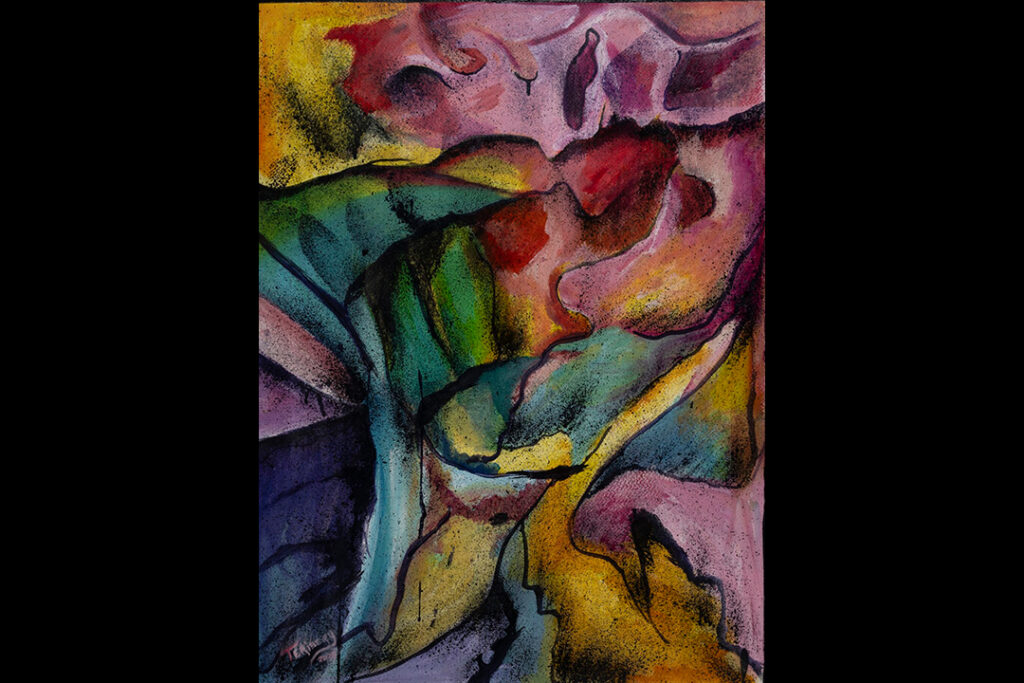Filling a gap: U-M students help combat Michigan’s shortage of rural dentists

Northern Michigan resident Becky Klein was surprised to learn that the dentists at the Thunder Bay Community Health Service clinic were students from the U-M School of Dentistry. They turned out to be just as competent and professional as seasoned practitioners, she said, and excellent communicators.
-
A life on the edge
Journalist and U-M alumnus Frank Viviano has covered war and conflict around the world. Now living at a slower pace in Italy, his combination of experience and distance give him a uniquely informed perspective on world events—and how to live during these times of crisis.
-
Spring afternoon on the Diag
Sunshine, lush grass and trees in bloom. On a warm May afternoon, when the semester’s done, there’s no place finer.
-
U-M students chasing tornadoes
Six U-M students are part of a group of almost 100 scientists in 40 vehicles who are traversing tornado alley this summer in the largest joint effort ever to study twisters and supercell thunderstorms.
-
Future tech, ancient art
University of Michigan glassblowers Harald Eberhart and Roy Wentz produce one-of-a-kind tools for cutting edge research.
-
Choosing the correct athletic shoes
A U-M expert’s advice for comfort, performance and injury prevention.
-
Ross MBAs Take 2009 MIT Clean Energy Prize
A team of Ross MBAs and their startup, Husk Insulation, won the $200,000 MIT Clean Energy Prize, a national student competition. Husk Insulation is poised to convert agricultural waste (including rice husk ash) into thin, high-grade, and affordable insulation for the refrigeration industry. The result will be super-efficient cooling.
Columns
-
President's Message
Reaffirming our focus on student access and opportunity
U-M seeks to ensure every student will rise, achieve, and fulfill their dreams. -
Editor's Blog
Peace out
It's a mad, mad, mad, mad world out there. -
Climate Blue
Keeping our focus on climate
As federal support for climate science wanes, Ricky Rood remains hopeful. -
Health Yourself
Are you an ‘ager’ or a ‘youther’?
Why do some people appear younger or older than people born in the same year?
Listen & Subscribe
-

MGo Blue podcasts
Explore the Michigan Athletics series "In the Trenches," "On the Block," and "Conqu'ring Heroes." -

Michigan Ross Podcasts
Check out the series "Business and Society," "Business Beyond Usual," "Working for the Weekend," and "Down to Business." -

Michigan Medicine Podcasts
Hear audio series, news, and stories about the future of health care.
In the news
Creativity and connection across prison walls
One of the world’s largest and longest-running exhibitions of incarcerated artists is back with new programming designed to foster connection and deepen public understanding of incarceration in Michigan. The 29th annual Exhibition of Artists in Michigan Prisons, curated by U-M’s Prison Creative Arts Project, showcases 772 artworks by 538 artists incarcerated in 26 state prisons. The Duderstadt Center Gallery on U-M’s North Campus is presenting the artwork through April 1.



